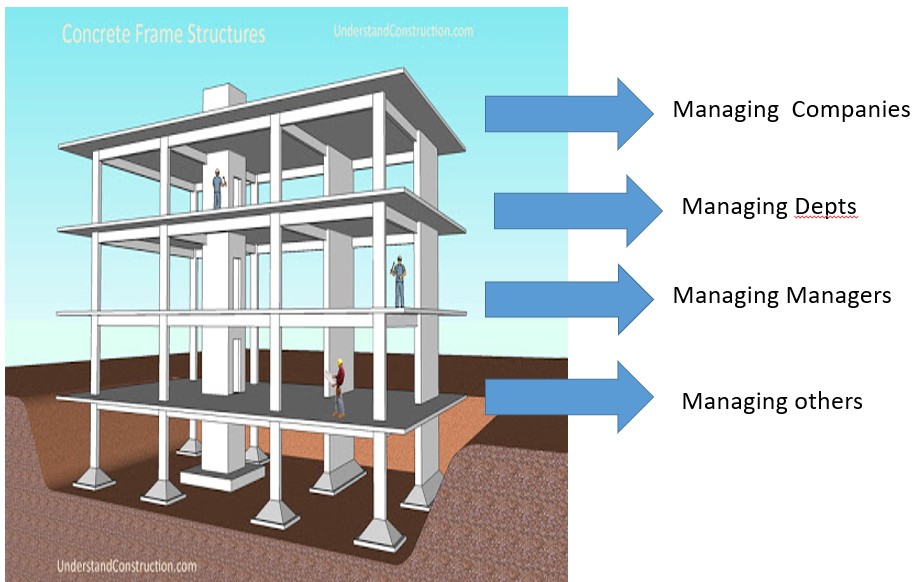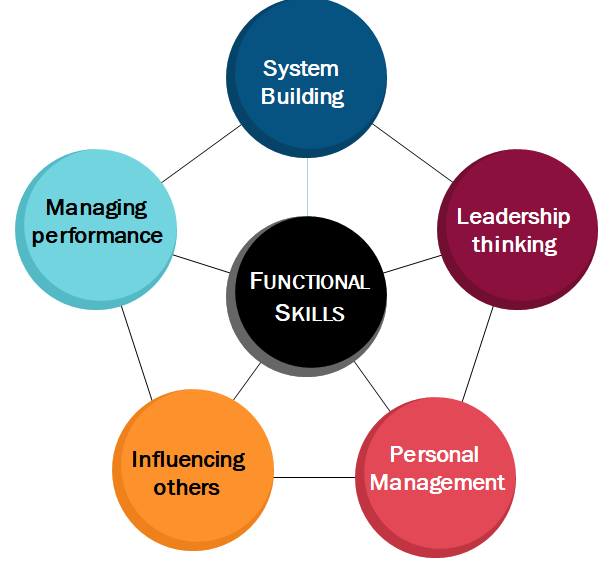
Design practical programs that shift behaviors across four leadership transitions—grounded in real projects, measurable outcomes, and modern learning design.

The transition or growth of leaders in an organization can be divided into 4 major steps:
Each transition requires a change in leadership behavior and capability. Leadership training can be categorized into:
This model outlines competencies across:

These competencies evolve as leaders progress, beginning with advanced leadership thinking appropriate to their stage of growth, and extending to personal and self-management capabilities that strengthen with experience. Equally critical is the ability to influence others effectively, manage performance with increasing accountability, and build systems that sustain organizational success. Together,these dimensions form the foundation of a comprehensive leadership framework that equips managers to lead with clarity, adaptability, and long-term impact.
The Criticality Analysis for ABC Company highlights how various leadership and organizational competencies—such as communication, quality care, vision, change management, and result orientation—differ in their impact on employee engagement and organizational performance, helping leaders prioritize focus, promotion, monitoring, and maintenance strategies.
After identifying leadership behaviors, design a focused training program in collaboration with internal trainers or external experts.A good program should:Cover only key, practical, and usable concepts.Balance affective (attitude), behavioral (skills), and cognitive (strategies) learning.Use varied approaches such as case studies, roleplays, psychometrics, and reflective exercises.
The effectiveness of leadership development must be assessed beyond the training sessions. It begins with participant feedback immediately after the program (Level 1), followed by evaluating project completion rates and quality of outcomes (Level 2). Finally, the most critical measure is observing behavior change in participants 2–3 months later, which can be tracked using a simple behavior assessment chart (Level 3).